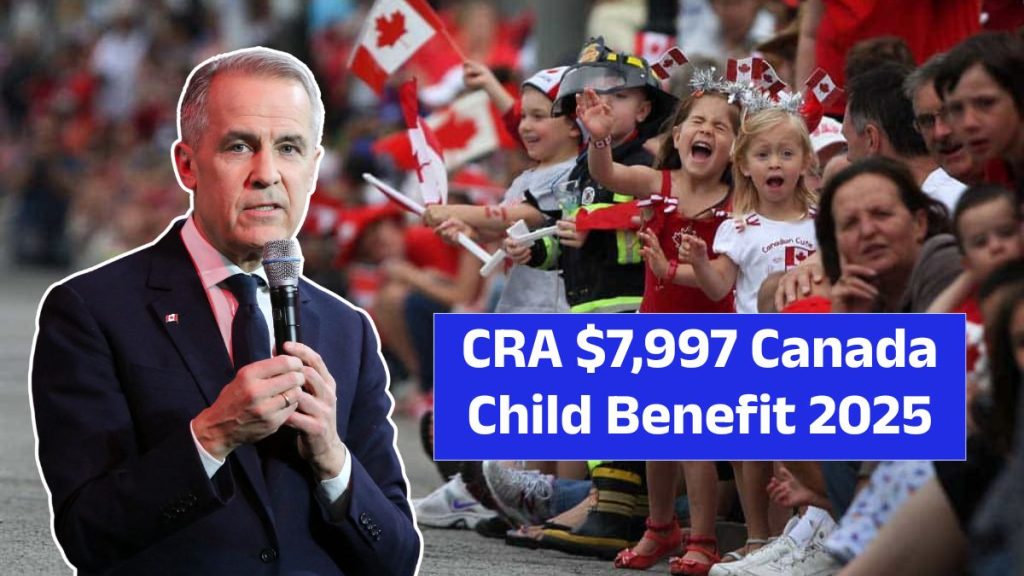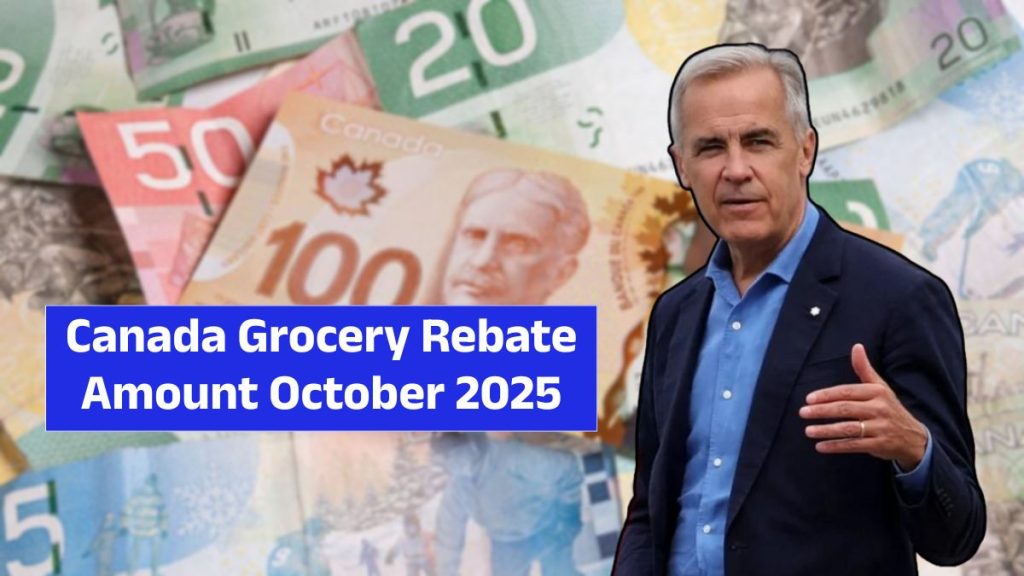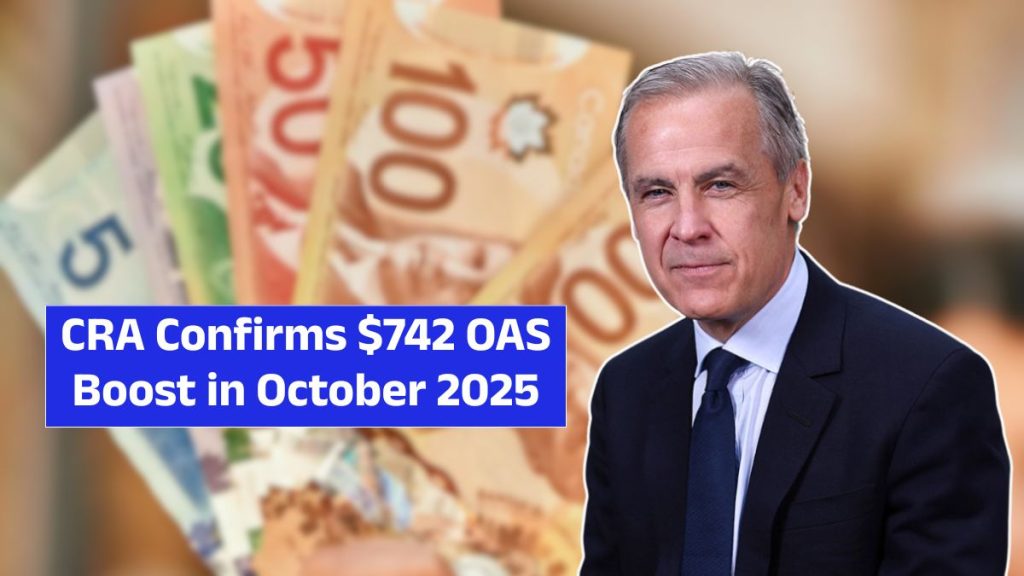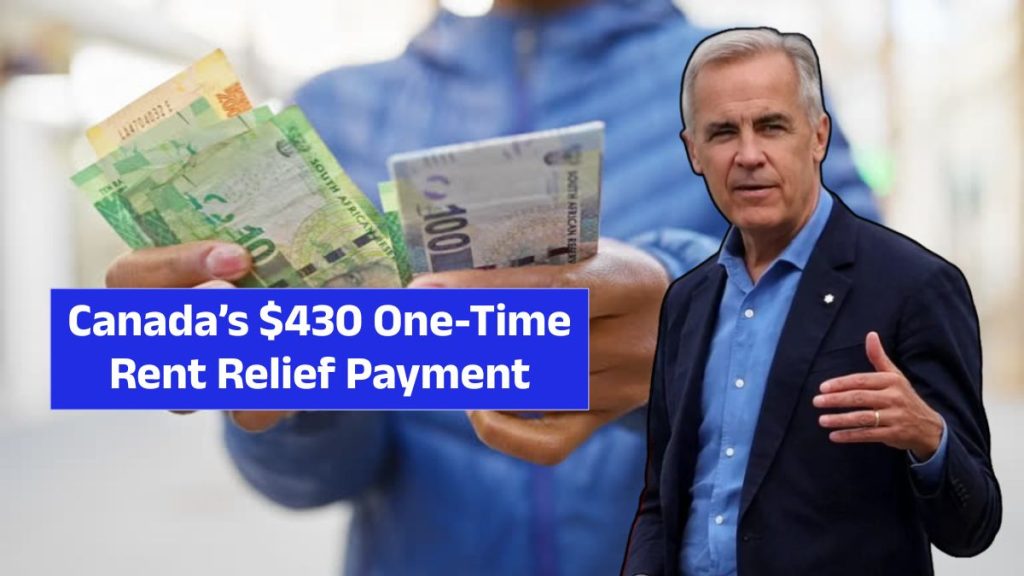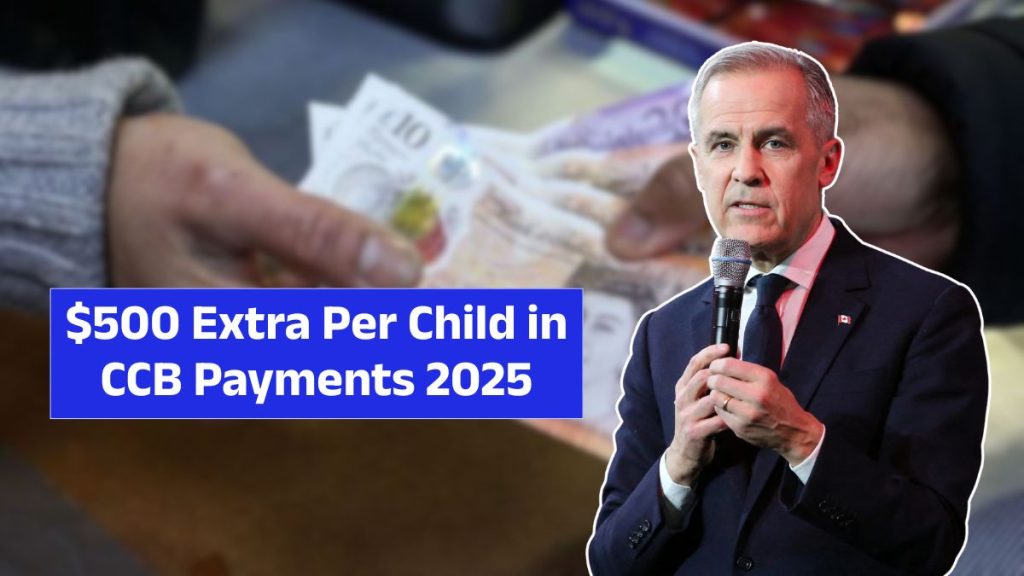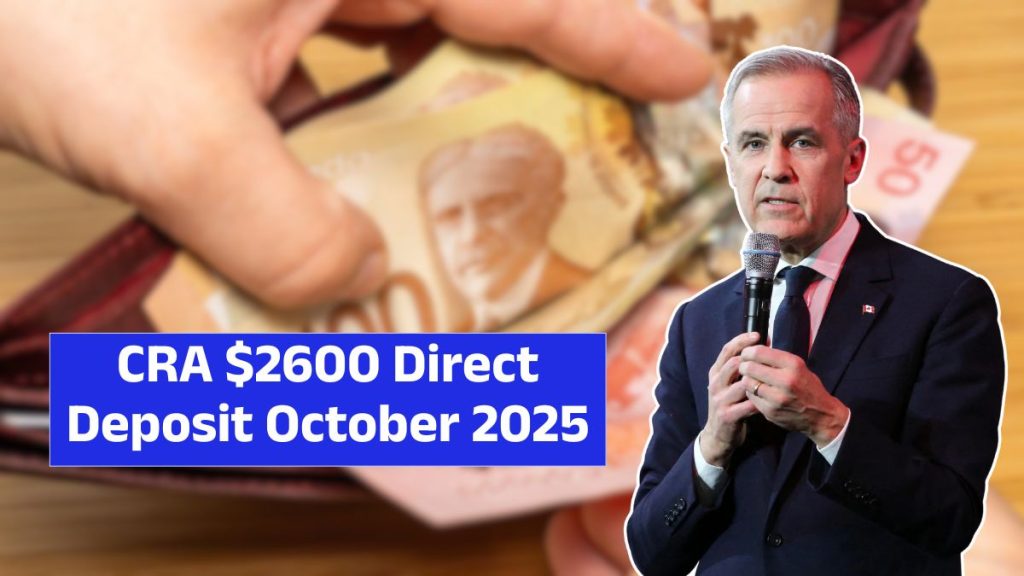In an important step to provide financial relief to Canada’s most vulnerable seniors, the Canada Revenue Agency (CRA) has confirmed a $742 boost to Old Age Security (OAS) payments for eligible recipients. Set to be released in October 2025, this one-time payment is designed to help seniors, individuals with disabilities, and low-income families facing mounting financial pressures.
With essentials like food, housing, and healthcare costs rising steadily, the OAS boost is both a lifeline and a reminder of Canada’s ongoing debate about pension reform and senior financial security.
What Is the $742 OAS Boost?
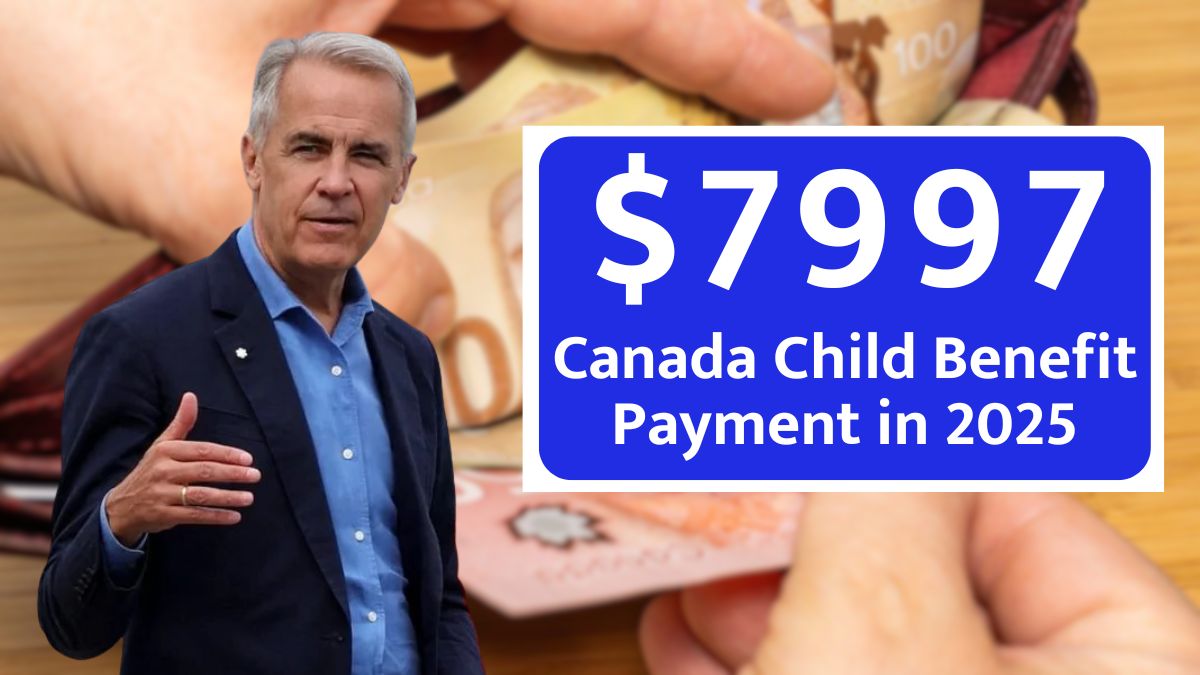
The OAS boost is a one-time $742 top-up to the benefits already paid under the Old Age Security system. It is not a permanent change but rather a targeted payment aimed at easing the burden of inflation.
The government’s intention is to give seniors and individuals on fixed incomes some short-term breathing room. While this won’t fully resolve long-term challenges, it reflects the federal commitment to addressing the immediate struggles of those most affected by cost-of-living increases.
Who Is Eligible for the $742 OAS Boost?
Eligibility for the October 2025 OAS boost is clearly defined:
- Seniors aged 65 or older already receiving OAS and the Guaranteed Income Supplement (GIS).
- Individuals with disabilities receiving Canada Pension Plan Disability (CPP-D) benefits.
- Automatic payments for most current beneficiaries of OAS, GIS, and CPP-D.
- Application deadline: Those not already enrolled or with changed circumstances must apply by September 30, 2025, via the CRA portal or by mail.
This ensures that the payment reaches the most vulnerable groups without requiring extra steps for the majority of recipients.
The OAS System: A Brief History
The Old Age Security program, introduced in 1952, has long been a cornerstone of Canada’s retirement safety net. It provides monthly payments to Canadians aged 65 and above, regardless of work history, with additional supplements like GIS for low-income seniors.
Funded through general tax revenues, OAS remains one of the country’s largest social programs, supporting millions every month. Over time, the program has adapted to changing economic realities, but critics argue more permanent increases are needed to match today’s cost of living.
Why the Boost Matters in 2025
Seniors living on fixed incomes are among the hardest hit by inflation. Rising grocery prices, healthcare costs, and housing expenses have left many struggling to make ends meet.
According to Statistics Canada, food prices alone remain significantly higher compared to pre-2020 levels. For seniors in urban centers like Vancouver or Toronto, where housing and utility costs are among the highest in the country, an extra $742 could mean the difference between falling behind on bills and staying afloat.
Dr. Sandra McGrath, a senior researcher at the Canadian Centre for Policy Alternatives, emphasized:
“The OAS boost will make a significant difference for low-income seniors who struggle to meet their basic needs. It reflects the government’s commitment to supporting older Canadians in these challenging times.”
Real-Life Example: How the Boost Helps
Consider a 72-year-old senior in Vancouver. Between rent, utilities, and groceries, most of their monthly OAS and GIS income is consumed before other needs like transport or medication. The $742 boost will help cover heating costs during the winter or provide a cushion for medical expenses, allowing greater stability.
This practical impact is why such payments are so widely anticipated — they don’t just offer money, they offer peace of mind.
The Broader Economic Context
The Canadian economy has been grappling with persistent inflation since the pandemic, with costs across food, housing, and utilities climbing sharply. Seniors, particularly those relying solely on OAS and GIS, are especially vulnerable.
The $742 OAS boost is a direct response to these pressures. While it provides immediate relief, economists warn it is not enough on its own. Sustainable reforms in pensions, housing, and healthcare funding will be required as the population ages rapidly.
Expert Opinions on Long-Term Change
Economist Julia Thompson of the University of Ottawa remarked:
“While the OAS boost is a good start, there needs to be a broader discussion about how we can ensure financial security for seniors in the future. More permanent reforms to pension programs are essential as Canada’s population continues to age.”
Experts widely agree that one-off payments, while helpful, cannot replace systemic reforms. Suggestions include:
- Raising base OAS payments to reflect inflation.
- Enhancing the GIS to match regional living costs.
- Considering universal basic income (UBI) for seniors to guarantee a minimum living standard.
Canada’s Aging Population: What Comes Next?
Demographic shifts make this issue urgent. By 2031, nearly 1 in 4 Canadians will be over 65. That puts immense pressure on pension systems, healthcare services, and social programs.
The $742 boost is a timely response to today’s needs but also a signal of the growing challenge of providing long-term support to a rapidly aging population. Policymakers will need to consider not just temporary measures but lasting structural reforms.
Practical Advice for Seniors
For those awaiting the October 2025 payment:
- Check enrollment: Ensure you’re registered for OAS, GIS, or CPP-D.
- Mark the deadline: Apply before September 30, 2025 if not automatically enrolled.
- Budget wisely: Plan how to use the one-time $742 most effectively.
- Beware of scams: The CRA will never ask for personal banking details via email, text, or phone.
- Explore additional supports: Look into housing subsidies, provincial assistance, and local aid programs.
Frequently Asked Questions (FAQs)
Q1. Who qualifies for the $742 OAS boost in October 2025?
Seniors aged 65+ receiving OAS/GIS and individuals on CPP Disability (CPP-D) are eligible.
Q2. Do I need to apply for the payment?
Most recipients will get it automatically. However, if you are not enrolled, apply through the CRA portal by September 30, 2025.
Q3. Will the $742 boost be permanent?
No, it is a one-time payment aimed at providing short-term relief.
Q4. When will the payment arrive?
The CRA will release the payment in October 2025 directly into benefit accounts.
Q5. Does the payment affect other benefits or taxes?
No, the $742 boost is non-taxable and will not reduce or affect your regular benefits.









